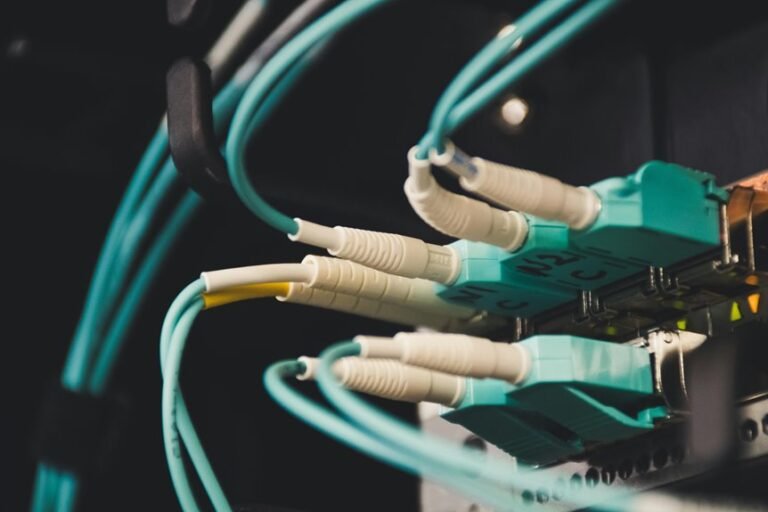Data Transmission and Fraud Prevention Unit 2142722339 7325643132 9513567858 4174146399 5134577234 3179165150
In today’s digital landscape, securing data transmission is non-negotiable. The Data Transmission and Fraud Prevention Unit 2142722339 employs cutting-edge strategies to enhance security measures and combat fraud effectively. By leveraging advanced technologies like machine learning and behavioral analytics, vulnerabilities can be identified and addressed proactively. As fraud tactics evolve, understanding how these innovations can fortify your organization’s defenses becomes crucial. What steps are you taking to stay ahead in this ongoing battle?
The Importance of Data Transmission Security
As organizations increasingly rely on digital communication, the security of data transmission becomes paramount.
You must implement data encryption and secure protocols to protect sensitive information. Without these measures, your data is vulnerable to interception and exploitation.
Innovative Strategies of the Fraud Prevention Unit 2142722339
Given the heightened focus on data transmission security, organizations must also address the ever-evolving threats of fraud.
Utilizing advanced fraud analytics, you can enhance your risk assessment processes, identifying vulnerabilities before they can be exploited.
Advanced Technologies for Fraud Detection
While traditional methods of fraud detection have relied heavily on historical data and static rules, advanced technologies now offer dynamic solutions that can significantly enhance your detection capabilities.
Machine learning algorithms analyze vast datasets in real time, adapting to emerging patterns. Coupled with behavioral analytics, these technologies identify anomalies in user behavior, empowering you to detect fraud proactively and maintain control over your financial security.
Proactive Measures to Mitigate Fraud Risks
Advanced technologies like machine learning and behavioral analytics not only enhance fraud detection but also pave the way for proactive measures to mitigate fraud risks.
You’ll need to conduct regular risk assessments to identify vulnerabilities and implement comprehensive employee training programs.
Conclusion
In conclusion, securing data transmission is like building a fortress against the ever-evolving threats of fraud. By leveraging innovative strategies and advanced technologies, the Fraud Prevention Unit 2142722339 not only identifies vulnerabilities but also fortifies defenses. Through proactive measures and continuous training, you can stay one step ahead of potential risks, ensuring the integrity of your operations. Embracing these practices isn’t just a necessity; it’s a commitment to safeguarding sensitive information in a digital landscape fraught with challenges.






